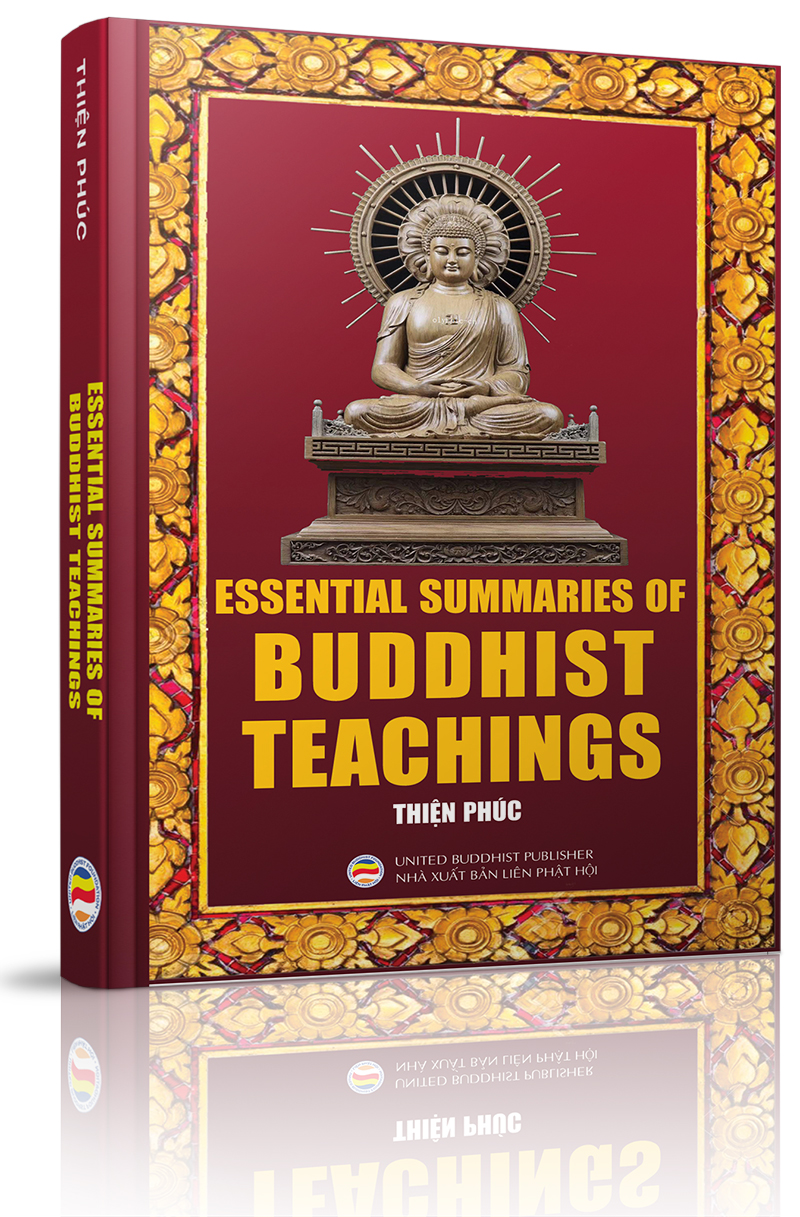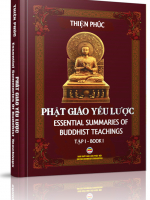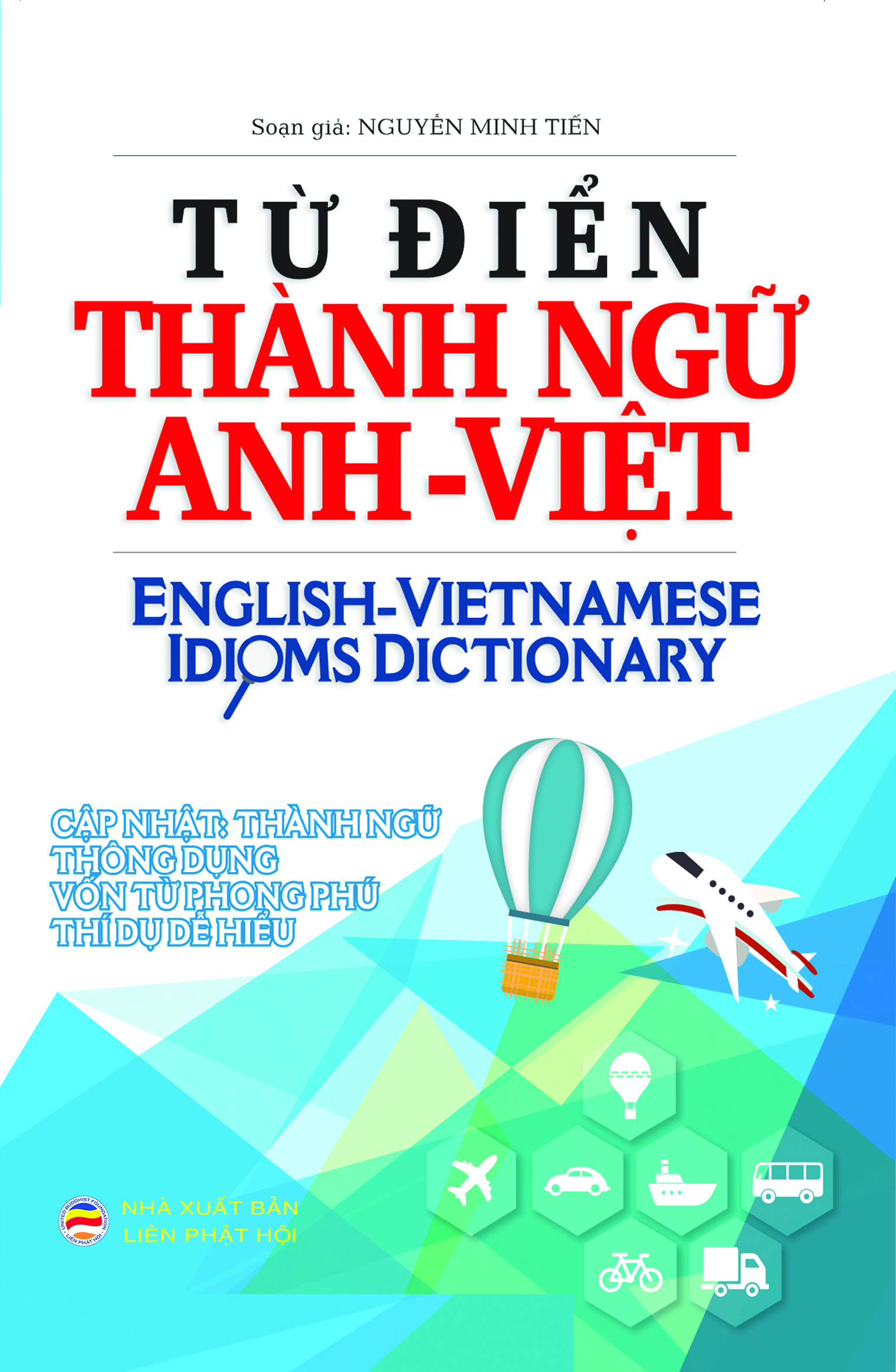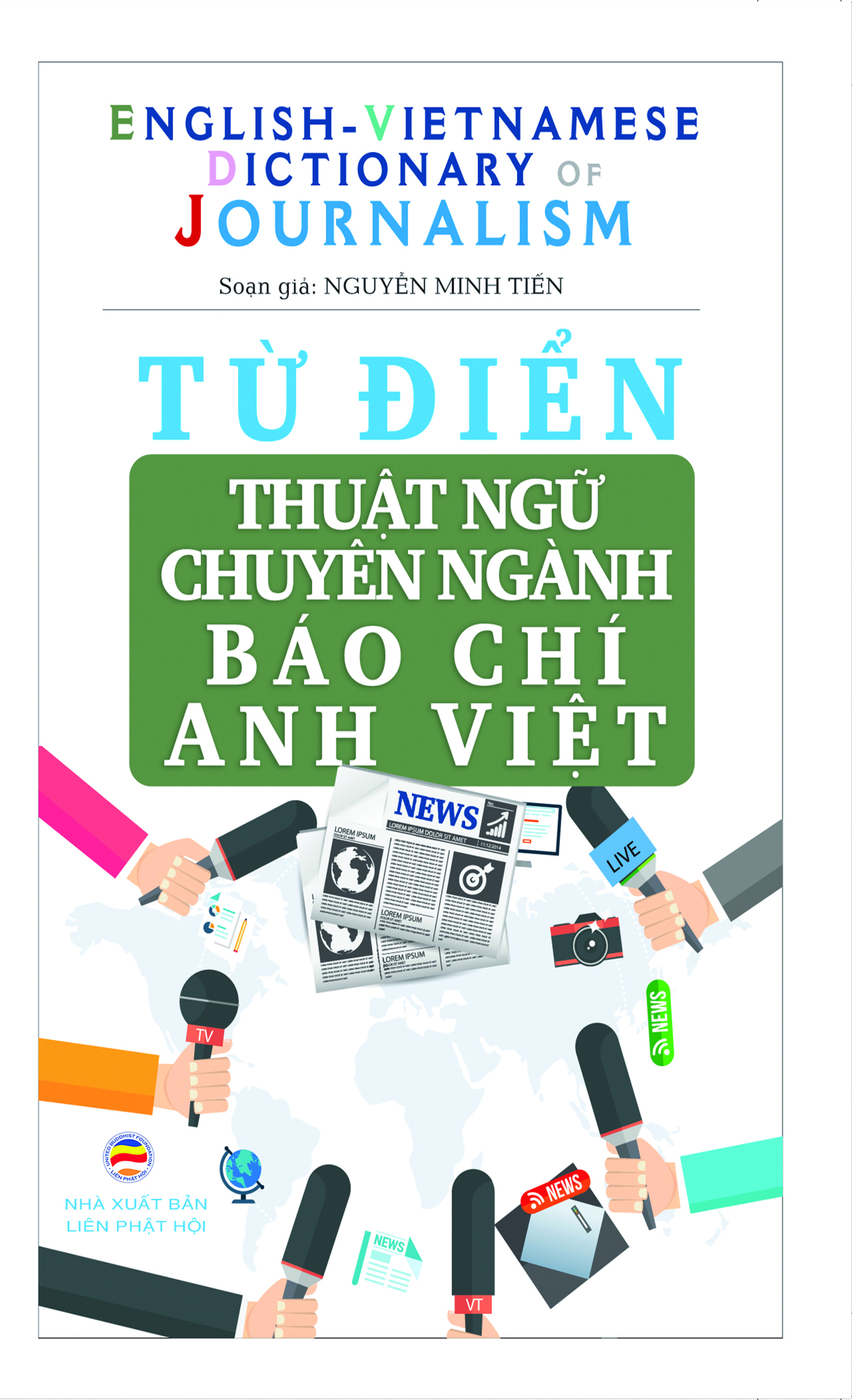Bạn sẽ không bao giờ hạnh phúc nếu cứ mãi đi tìm những yếu tố cấu thành hạnh phúc. (You will never be happy if you continue to search for what happiness consists of. )Albert Camus
Bất lương không phải là tin hay không tin, mà bất lương là khi một người xác nhận rằng họ tin vào một điều mà thực sự họ không hề tin. (Infidelity does not consist in believing, or in disbelieving, it consists in professing to believe what he does not believe.)Thomas Paine
Thành công có nghĩa là đóng góp nhiều hơn cho cuộc đời so với những gì cuộc đời mang đến cho bạn. (To do more for the world than the world does for you, that is success. )Henry Ford
Kẻ hung dữ hại người cũng như ngửa mặt lên trời mà phun nước bọt. Nước bọt ấy chẳng lên đến trời, lại rơi xuống chính mình.Kinh Bốn mươi hai chương
Khi gặp chướng ngại ta có thể thay đổi phương cách để đạt mục tiêu nhưng đừng thay đổi quyết tâm đạt đến mục tiêu ấy. (When obstacles arise, you change your direction to reach your goal, you do not change your decision to get there. )Zig Ziglar
Đối với người không nỗ lực hoàn thiện thì trải qua một năm chỉ già thêm một tuổi mà chẳng có gì khác hơn.Sưu tầm
Từ bi và độ lượng không phải là dấu hiệu của yếu đuối, mà thực sự là biểu hiện của sức mạnh.Đức Đạt-lai Lạt-ma XIV
Điều quan trọng không phải vị trí ta đang đứng mà là ở hướng ta đang đi.Sưu tầm
Người tốt không cần đến luật pháp để buộc họ làm điều tốt, nhưng kẻ xấu thì luôn muốn tìm cách né tránh pháp luật. (Good people do not need laws to tell them to act responsibly, while bad people will find a way around the laws.)Plato
Chúng ta thay đổi cuộc đời này từ việc thay đổi trái tim mình. (You change your life by changing your heart.)Max Lucado
Nếu người nói nhiều kinh, không hành trì, phóng dật; như kẻ chăn bò người, không phần Sa-môn hạnh.Kinh Pháp cú (Kệ số 19)
Trang chủ »» Danh mục »» TỦ SÁCH RỘNG MỞ TÂM HỒN »» Essential Summaries of Buddhist Teachings »» none »»
Essential Summaries of Buddhist Teachings
»» none
 Xem Mục lục
Xem Mục lục 
- »» none
- Chapter One. The World During the Pre-Buddhism
- Chapter Two. Buddha’s Birth Day
- Chapter Three. For the Sake of a Great Cause
- Chapter Four. The Buddha
- Chapter Five. Buddhism
- Chapter Six. Buddhist Cosmology
- Chapter Seven. Buddhist Outlook on Human Life
- Chapter Eight. The First Sermon
- Chapter Nine. The Meanings of Buddhism
- Chapter Ten. Buddhism: A Religion Which Is Always Based on Human Inner Wisdom
- Chapter Eleven. Is Buddhism Atheistic or Theistic?
- Chapter Twelve. Buddhism Is A Religion of the Truth
- Chapter Thirteen. Buddhism: A Religion of the Truth and A Living Philosophy
- Chapter Fourteen. Buddhist Teachings Is Always in Accord With Life and Science at All Times
- Chapter Fifteen. The Truth of the Four Noble Truths
- Chapter Sixteen. The Truth of the Eighthfold Noble Path
- Chapter 17 - Chapter 19
- Chapter 20 - Chapter 39
- Chapter 40 - Chapter 70
- Chapter 71 - Chapter 90
- Chapter 91 - Chapter 108
- Chapter 109 - Chapter 120
- Chapter 121 - Chapter 136
- Chapter 137 - Chapter 150
- References

My name is Ngọc Trần and my Buddha name is Thiện Phúc, author of 2 books titled: ESSENTIAL BUDDHIST ESSAYS and ESSENTIAL SUMMARIES OF BUDDHIST TEACHINGS.
I hereby give Mr. Nguyen Minh Tien (of United Buddhist Publisher) permission to print and publish these two sets of books for the purpose of propagation of Buddhist Teachings.
Respectfully Yours,
Thien Phuc (aka Ngoc Tran)
About 7 centuries B.C., Indian society before and at the time of the Buddha was a society that had full of conflicts, especially struggles for power and material wealth. At the time, many people questioned the value of their own religion: Hinduism. According to Hinduism’s theories, they had to be reborn to the same class forever. If they belonged to the class of Sudra, they would be reborn into that class life after life. During this period many people were not able to find satisfaction in Hinduism to their daily life’s disturbing problems. Because of this disastifaction, some religious reforms shortly arose in an attempt to rid Hinduism of its superficiality. One of these reforms was to be the beginning of Buddhism. About 600 B.C., the Buddha not only expounded the four Noble Truths as the core of his teaching, which he had recognized in the moment of his enlightenment, He had also shown people how to live wisely and happily, and therefore, his teachings soon spread from India throughout Asia, and beyond. Spiritually speaking, He mobilized people to stand up to fight against the existing power system. In fact, Buddhism is not a new religion in India, it is only a symbol of separation with Hinduism. As we can see while the religion of the Veda allowed animal sacrifice to propitiate the gods, Buddhism set its face against sacrifices. Moreover, Buddhism waged strong campaigns against this practice. Because the sacrificial ritual required the services of Brahmins, who had specialized in religious ceremonies, while ordinary people, from one generation to another, could only do labor works. Thus, Buddhism denounced the Caste system at that time in India. And the Buddha denounced all claims to superiority on the ground of birth as the Brahmins claimed. Buddhism denounced all social distinctions between man and man, and declared that it was ‘karma’, the action of man, that determined the eminence or lowness of an individual. The Buddha confirmed with his disciples: “The insistence on the equality of social status based on one’s actions and not on the lineage of birth of that person.” Another revolutionary idea we can find in Buddhism was the fact that it widely opened the doors of organized religious life to women and men alike. In addition to distinguished nuns and lay Buddhistwomen, such as Khema, Patacara, and Dhammadinna, Sujata, Visakha, and Samavati, even courtesans like Amrapali were not denied opportunities to embrace the religious life. For these reasons, from the beginning in Northeast India almost 26 centuries ago, Buddhism penetrated not only in the heart of Asian people, but since the noneteenth century it also became part of the thinking and practice of a lot of people in Europe and America as well.
At first, Prince Siddhartha always concerned with burning questions as: “Why was there unhappiness?”, or “How could a man be happy?”, etc. He diligently performed ascetic practices, but after six years of persevering search and strenuous selfdenial, He still had not found the answers for these problems. After spending six years in seeking a solution of emancipation through ascetic practices without any success, Prince Siddhartha determined to find the answer in thought and meditation. After 49 days and nights of meditation under the Bodhi Tree, He had become the “Awakened One”. The path that the Buddha had found was the “Middle Path”, which was in between extremes. The extremes to be avoided were the life of sensual indulgence on the one hand and the life of drastic asceticism on the other. Both led to outofbalance living. Neither led to the true goal of release from sufferings and afflictions. The Buddha declared: “To find the Middle Path to harmonious living, each person must search thoughtfully, not wasting any time in wordy arguments. Each person must explore and experiment for himself without any exception.” During almost twentysix centuries, both Mahayana and Hinayana Buddhism have proved adaptable to changing conditions and to different peoples in the world with the belief that what the Buddha discovered can help almost everyone. For the question “Why am I unhappy?’ the Buddha suggests: because you fill yourself with wanting, until the wanting is a thirst that cannot be satisfied even by the things you want. “How can I be happy?” By ceasing to want. Just as a fire dies down when no fuel is added, so your unhappiness will end when the fuel of excessive is taken away. When you conquer selfish, unwise habits and hopes, your real happiness will emerge. Buddhism is truly a religion that leads people to a cultivation of emancipation and a life of peace, mindfulness and happiness.
In around 2009, Thiện Phúc composed a set of 8 books titled “Basic Buddhist Doctrines”. However, it's really difficult for people, especially lay people with a lot of familiy duties, to read or to study the total of 6,184 bigsized pages. So, Thiện Phúc extracted some chapters, tried to revise and publish it as a small book titled “Essential Summaries of Buddhist Teachings”. This little book is not a profoundly philosiphical study of Buddhism, but it is simply a glance at a very special religion: Buddhism. Devout practitioners should always remember that “Cultivation” means correct our characters and obey the Buddha’s teachings. “Cultivation” means to study the law by reciting sutras in the morning and evening, being on strict vegetarian diet and studying all the scriptures of the Buddha, keep all the precepts, and purifying the body and mind through sitting meditation; however, the most important factors in real “Tu” are to correct your character, to eliminate bad habits, to be joyful and compassionate, to build virtue. In reciting sutras, one must thoroughly understand the meaning. Furthermore, one should also practise meditation on a daily basis to get insight. For laypeople, “Tu” means to mend your ways, from evil to wholesome (ceasing transgressions and performing good deeds). For these reasons, devout practitioners should understand thoroughly essential summaries of Buddhist teachings to see what should be followed and what should not. Hoping that this little book will help enhance the understanding of Buddhism for many people, especially for Buddhist beginners. Devout Buddhists should always remember that the main goal of cultivation in Buddhism is to enter into practicing wellbeing exercises that are linked to established daily life patterns, makes our lives more peaceful. The Buddha already explained clearly about the path of cultivation which He found out and He advanced to the Buddhahood on that path. The path of cultivation still demands continuous efforts with right understanding and practice. Presently even with so many books available on Buddhism, I venture to compose this booklet titled “Essential Summaries of Buddhist Teachings” in Vietnamese and English to introduce basic things in Buddhism to all Vietnamese Buddhist followers. Hoping this little contribution will help Buddhists in different levels to understand on how to achieve and lead a life of peace, mindfulness and happiness.
Thiện Phúc
TỪ ĐIỂN HỮU ÍCH CHO NGƯỜI HỌC TIẾNG ANH
DO NXB LIÊN PHẬT HỘI PHÁT HÀNH
Mua sách qua Amazon sẽ được gửi đến tận nhà - trên toàn nước Mỹ, Canada, Âu châu và Úc châu.
Quý vị đang truy cập từ IP 216.73.216.110 và chưa ghi danh hoặc đăng nhập trên máy tính này. Nếu là thành viên, quý vị chỉ cần đăng nhập một lần duy nhất trên thiết bị truy cập, bằng email và mật khẩu đã chọn.
Chúng tôi khuyến khích việc ghi danh thành viên ,để thuận tiện trong việc chia sẻ thông tin, chia sẻ kinh nghiệm sống giữa các thành viên, đồng thời quý vị cũng sẽ nhận được sự hỗ trợ kỹ thuật từ Ban Quản Trị trong quá trình sử dụng website này.
Việc ghi danh là hoàn toàn miễn phí và tự nguyện.
Ghi danh hoặc đăng nhập
... ...


 Trang chủ
Trang chủ






